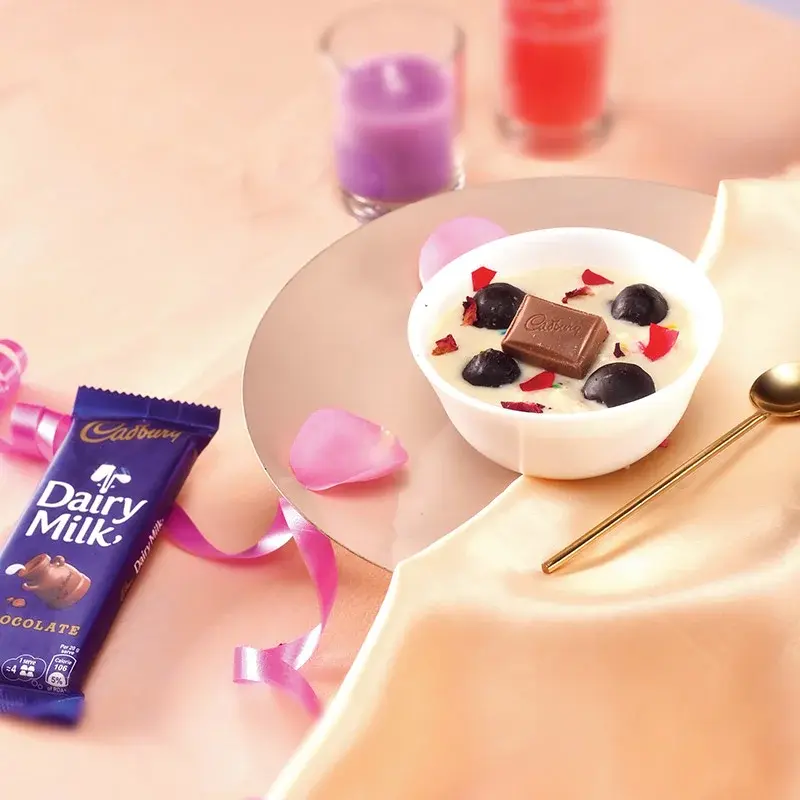Baking a pie is about more than just following a recipe; it’s about the enchantment that unfolds when flour, fat and filling intertwine.

This guide is your ticket to becoming a pie wizard whether you seek to impress at a family gathering or simply yearn for a homemade treat. Let’s delve into the captivating world of pie baking!
The Basics: Understanding the Ingredients in Pie Making

Creating a pie is akin to constructing a house. The ingredients serve as your building blocks:
- Flour: The cornerstone of your pie crust. All-purpose flour is usually preferred due to its reliability and consistency.
- Fat: This is where flavor and texture take stage. Be it butter, shortening or lard, maintaining its chilliness is crucial for achieving that crust.
- Sugar: It's not just about sweetness, sugar adds color and texture too. While granulated sugar is commonly used, brown sugar can impart a rich flavor.
- Salt: Just a pinch enhances the crust's taste by harmonizing with the filling’s sweetness.
- Water: Cold water plays a role in bringing the dough while also preventing excessive gluten formation.
Mastering the Art of Crafting the Perfect Crust
Creating a tender crust requires a balance:
- Keeping It Cool: Ensure that your ingredients, such as fats and water, are chilled to maintain a desirable texture without making the dough too dense.
- Gentle Mixing: Avoid overworking the dough as it can result in toughness.
- Allowing Rest Time: Letting the dough rest is essential, for relaxing the gluten and making it more manageable.
- Rolling and Transferring: Use a light touch. Apply even pressure when rolling out your dough.
- Pre-Baking: Also referred to as "blind baking", this step is particularly important when dealing with pies that have moist fillings or when the filling requires separate cooking.

Winsome Filling Flavors
These simple yet delicious fillings offer plenty of scope to unleash your creativity:
- Classic Apple Pie: Sliced apples combined with cinnamon, nutmeg, sugar and a hint of lemon juice.
- Berry Medley Pie: A vibrant mix of blueberries, raspberries and blackberries sweetened with a touch of sugar and thickened with cornstarch.
- Pumpkin Pie: Smooth pumpkin puree blended with sweetened condensed milk, eggs and aromatic spices.
- Lemon Meringue Pie: Tangy lemon curd crowned with a cloud of meringue.

Finishing Touches: Edges & Toppings
The crust of your pie can be a masterpiece with the use of a few standard techniques:
- Crimping: Gently pinch the dough between your fingers to achieve the crimped appearance.
- Fork Imprint: For a simpler edge, press the tines of a fork along the dough.
- Egg Wash & Sugar Sprinkle: Consider brushing with an egg wash and sprinkle some sugar on top for extra crunch and sparkle.
As you embark on your pie baking journey remember that it's a combination of science and art. The precise measurements, process and the creative filling and finishing all come together to create something truly extraordinary.
More Like This
Popular Articles

Traditional Good Friday Desserts: Classic Sweet Treats to Honour the Day
3 mins
Apr 14, 2025

Easter Bunny Cupcakes Recipe: Adorable and Delicious Festive Bakes
3 mins
Apr 13, 2025

Silk Chocolate Sweet Lassi with Malai: A Creamy Fusion for Baisakhi Feasts
3 mins
Apr 2, 2025

Red Velvet Oreo Cake Recipe for a Showstopping Eid Treat
3 mins
Mar 25, 2025

How to Make the Perfect Stuffed Pancakes for an Eid Brunch
3 mins
Mar 22, 2025
Trending Web Stories
Curated Recipes

Oreo Caramel Chocolate Dipped
20 minseasy

Bournville Chocolate Custard Cream
50 minsmedium

Dairy Milk Silk Pistachio Peda
30 minseasy

Cadbury Rasmalai
40 minsmedium

Bournville Chocolate Dipped Tutti Frutti Gujiya
1h 05minsmedium











